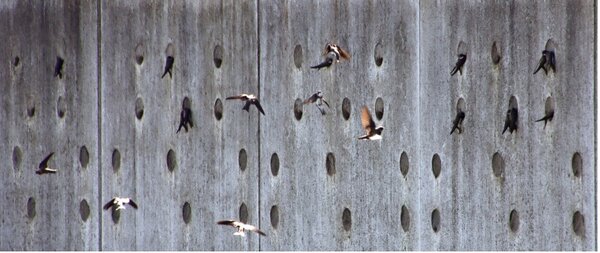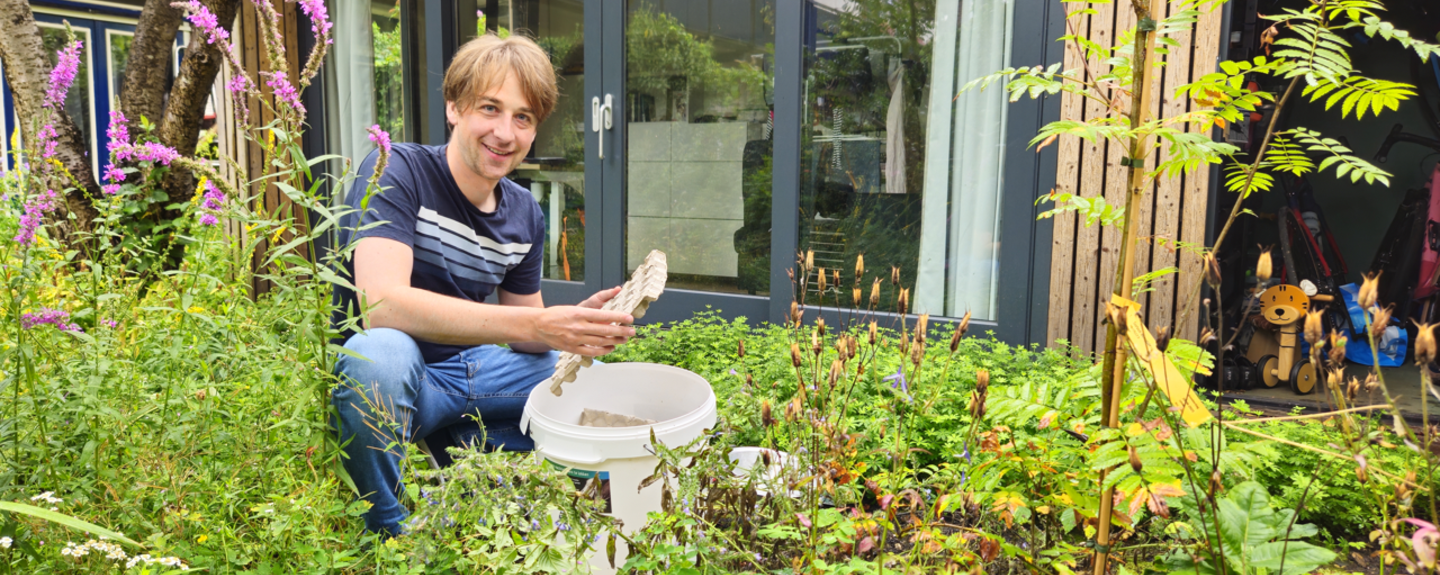World Nature Conservation Day
On July 28th, we celebrate World Nature Conservation Day. Protecting our environment is not only crucial for nature and life all around us, but also for ourselves. Maintaining a healthy environment is an important theme in the Netherlands, especially as we demand a lot from every piece of valuable land.
Since the 19th century, the Netherlands has lost 85% of its biodiversity. This loss was partly inevitable as it was traded for food security and housing development. We cannot return to a time when penguins swam in the Arctic or recreate a landscape reminiscent of ‘Ot and Sien’. However, there is much to improve in how we manage our living environment. Common species like the toad and the house sparrow are increasingly in decline, and many species that were once considered common are no longer so. Our rivers and lakes are often inaccessible to swim in due to algae blooms, and our cycle paths are closed because of oak processionary caterpillars. Our whole landscape as we experience it is becoming quieter as the meadow birds sing less.
This degradation is largely due to the poor use of our environment. We use our rivers to discharge excess sewage and industrial waste. The economic pressure on agricultural land is so high that often only a row of oak trees remains along the roadside. Due to scaling up, the number of farmers is decreasing as rapidly as the number of meadow birds. The impact we can have on our environment is clear, which can also give us hope for improvement. On World Nature Conservation Day, let's focus on the opportunities we have to adapt our environment to our advantage by creating green, climate-resilient cities and a built environment that thrives both economically and ecologically. It is encouraging that there is widespread willingness to make our environment healthier, from nature organizations to farmer collectives, and from governments to food producers.

The sand martins benefit directly from the construction of a sand martin wall.
I see this willingness in my work as a project manager for Stichting Deltaplan Biodiversiteitsherstel. Here, we bring together more than 200 parties working towards a healthy environment for people and planet. Many questions involve designing our environment. How do we create a healthy built environment, and when is the quality for nature ‘good enough’? By maintaining dialogue with various stakeholders, we identify the bottlenecks and seek solutions, together. After all, we cannot ask a farmer to become greener if their bank account is in the red.
An example project from the Deltaplan Biodiversiteitsherstel is the Landscape Attack Plan. This is a concrete plan to restore the Dutch built environment and reintroduce natural elements to recover biodiversity and soil life. This project is supported by both nature organizations and farmers and is backed by scientific research institutions. This broad support led the government to adopt the plans and work more concretely towards their realization. Making a positive impact and improving our built environment is possible!
While the built environment in agriculture is being restored, entirely new neighborhoods are being created in cities. This offers opportunities to get it right from the start. At Deltaplan and partner organizations, we address the question: “When is our built environment good enough?”. How do we keep our cities and villages welcoming for the house sparrow and the toad, and for ourselves with increasing heat stress and flooding? Concrete guidelines for municipalities are the next step to collectively work towards creating a healthier living environment for all of us.
You can even start contributing yourself. I see it in my own garden in the middle of Utrecht or when on the lookout for sand martins in the wall constructed in Haarzuilens. By creating the right conditions, nature does the rest. My own garden has lost 10,000 kilos of concrete and stones and gained many species of butterflies and bees. Counting moths makes it even more enjoyable to see this effect. Rainwater flows into the garden, and there is always something new to see every day. So, get started, every tile helps, and be inspired by the nature you find.











